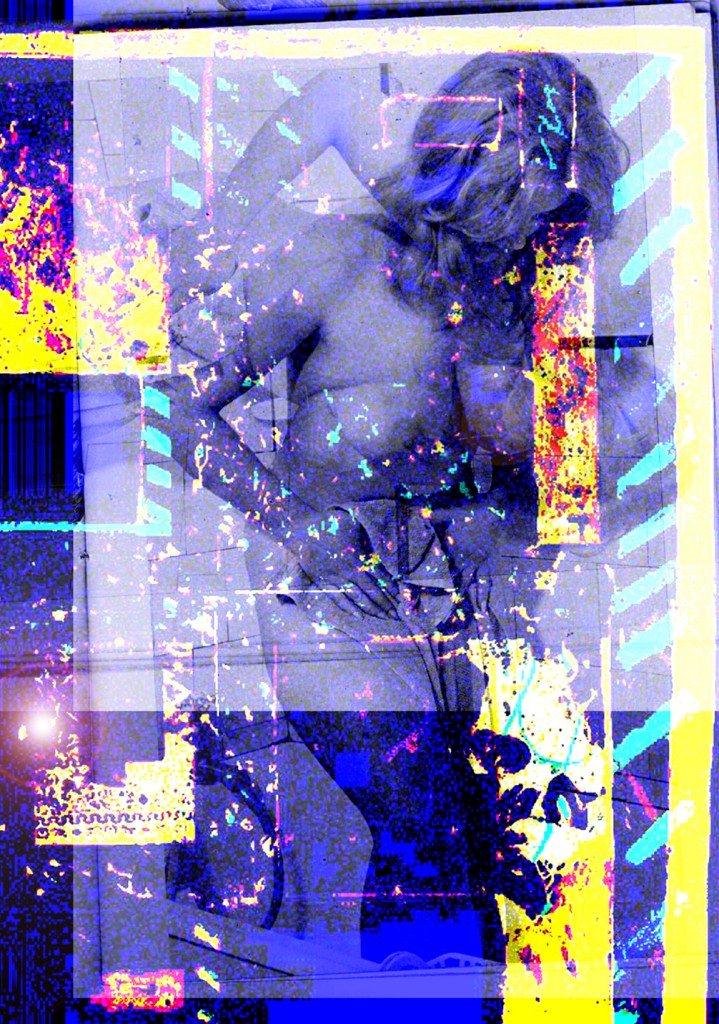Fine art photography is suppose to be created with the vision of an artist. Fine art photography is the opposite of photojournalism or holiday snapping – which provides a visual account for either news or family events. Commercial photography is used to advertise products or services.
I don’t think photography can ever be a ‘Fine Art’






These images were taken using a Pentax SP1000 35mm camera. This camera was my father’s, who bought it from new in the 1970s. All Pentax Spotmatics (SP) use the M42 screw-thread lens mount. The lenses are focused at maximum aperture to give a bright viewfinder image for focusing, then a switch at the side stops the lens down and switches on the metering to enable the exposure to be set prior to shutter release.
I love the slightly over cooked vintage feel of these images, scratches, dust, and fibre strands -35mm film is far more fun than digital.

I have always loved the drawings of Degas. The way he portrayed women, sensually and simply is to be admired.
In the late 1880s, Degas also developed a passion for photography and this new skill influenced the composition of his paintings. He photographed many of his friends, often by lamplight, as in his double portrait of Renoir and Mallarmê. Other photographs, depicting dancers and nudes, which were used as source material for some of Degas’s drawings and paintings.
#?WordPress? management for ?#?business? ?#?ndevon?
